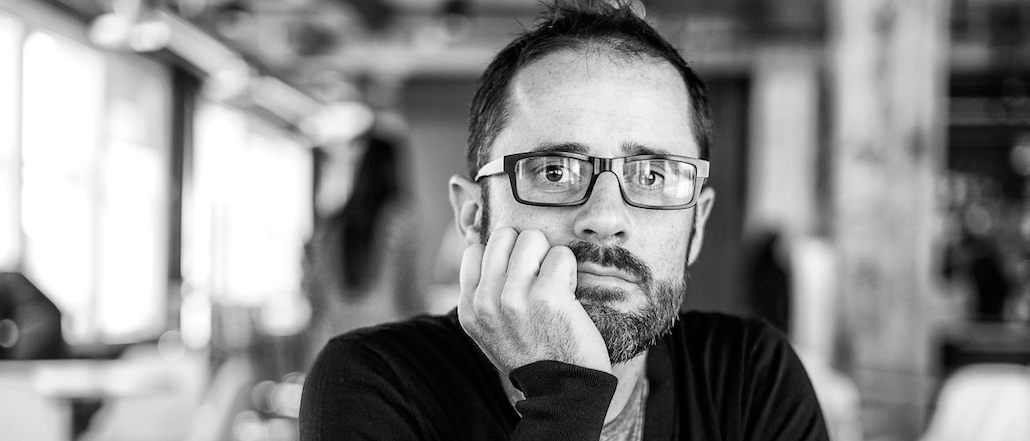Save 50% on a 3-month Digiday+ membership. Ends Dec 12.

Medium is laying off one third of its staff, sounding a similar refrain in publishing these days: The ad-driven system is broken. The platform-turned-platisher announced it’s shutting down its native ad sales operation to focus on getting payments from readers.
Medium founder Ev Williams said Medium’s situation speaks to a larger problem with the web in general, saying that despite interest from many big brands in its ad products, “it’s clear that the broken system is ad-driven media on the internet.” But he also admitted the company also wasn’t transformative enough itself. It was one of a handful of sites that tried to change the way digital content is paid for by replacing the timeworn click with attention as a proxy for quality. But that movement has struggled to take hold because it requires advertisers to upend the way they’ve bought advertising for years and replace it with a nonstandard approach.
Medium’s ad product itself wasn’t anything special. It only launched in beta last year, making it a latecomer in a market where branded content offerings are a dime a dozen and facing scrutiny by regulators and advertisers that question its ability to scale. All this makes native ads hard to sell and renew.
https://twitter.com/eperko/status/816787802067062784
“Medium found itself straying down the path of least resistance, where legacy models reside,” M.G. Siegler, a general partner at GV, formerly Google Ventures and an investor in Medium, wrote in a response to Williams’ post — on Medium, naturally.
Medium was never built to pitch on how many people clicked on stories but how many people engaged with them, said someone familiar with the model. “The eyeball pitch doesn’t work anymore, but nobody’s come up with anything good to replace it,” this person said.
Medium resembles other tech companies in its attempt to mesh tech and editorial functions, an approach that’s had mixed success. It started in 2012 as a blogging platform and then hired editorial staff to create its own publications. In 2015, it changed tack, closing down or selling off those publications. It also lured publishers including The Awl and Hairpin to migrate their operations to Medium with the idea that they could fund themselves with memberships.
The traffic results for those publishers — including The Ringer, Medium’s most high-profile site — have been uneven. Meanwhile, the membership effort hasn’t gone uncriticized. Femsplain, one of the publishers that migrated over, said Medium made it hard for publishers to ask for donations.
This doesn’t affect @femsplain much as our memberships mostly pay our writers… https://t.co/ZNrqJE4qEh
— Amber 🌸 Discko (@amberdiscko) January 4, 2017
Publishers that use Medium to broaden their audience are still hopeful about the platform. “I can say for certain that we have really enjoyed using Medium as a publishing platform for the last few months, and I share Medium’s desire to figure out how to reward (and be rewarded for) publishing quality writing,” said George Quraishi, who migrated his soccer site Howler to Medium last year.
Backchannel was one of the first publications to be built on Medium, and it’s since been sold to Condé Nast. Its editor in chief Steven Levy said Medium still provides great value to reach audiences when it publishes articles there. “We can get 200 thoughtful comments and no trolls,” he said.
Photo by Christopher Michel – Ev Williams, CC BY 2.0, Link
More in Media

Technology x humanity: A conversation with Dayforce’s Amy Capellanti-Wolf
Capellanti-Wolf shared insight on everything from navigating AI adoption and combating burnout to rethinking talent strategies.

How The Arena Group is rewriting its commercial playbook for the zero-click era
The company is testing AI-powered content recommendation models to keep readers moving through its network of sites and, in doing so, bump up revenue per session – its core performance metric.

Media Briefing: Why publishers are flocking to Substack
The Economist, The FT, The New Yorker and others have recently launched Substack newsletters, with varying strategies to find new audiences.





